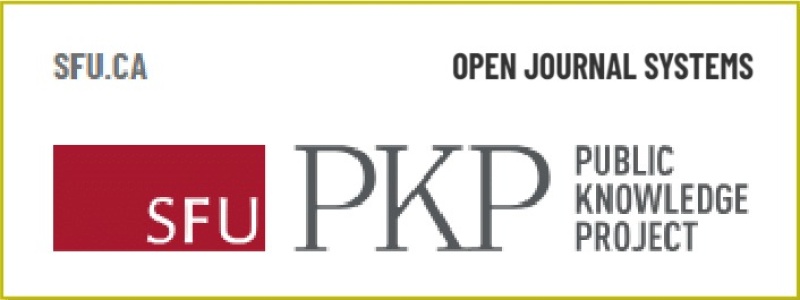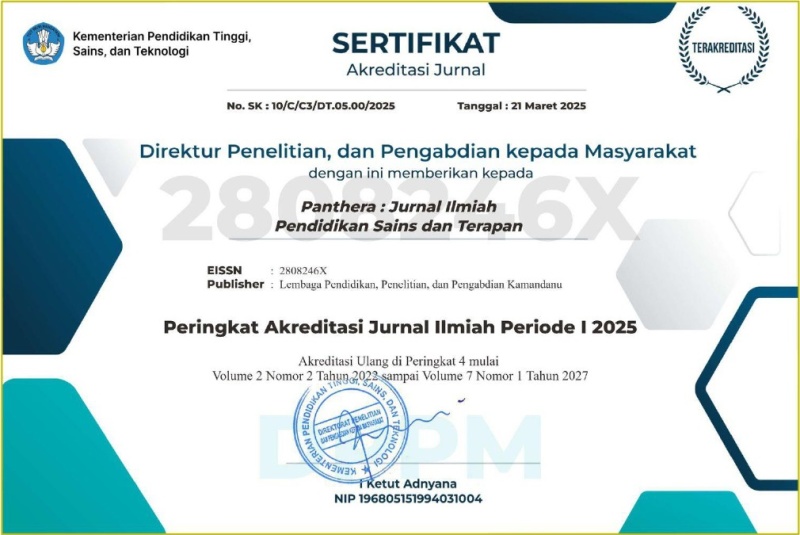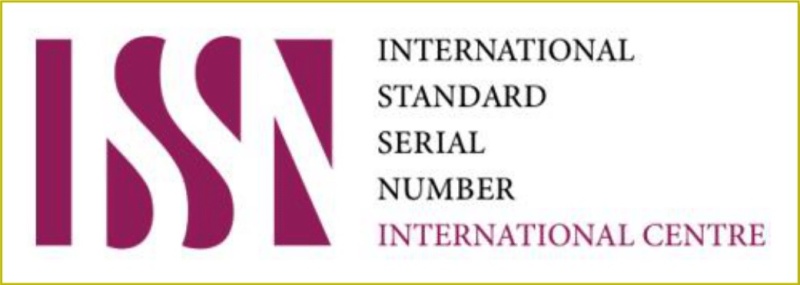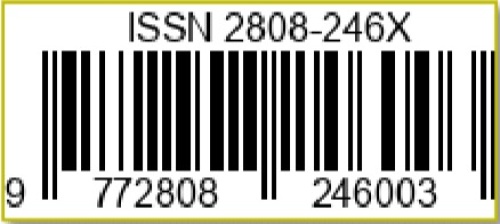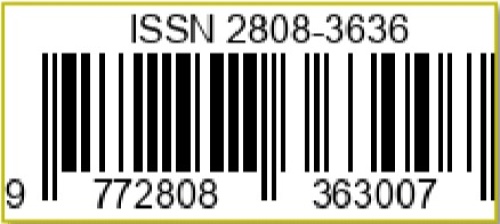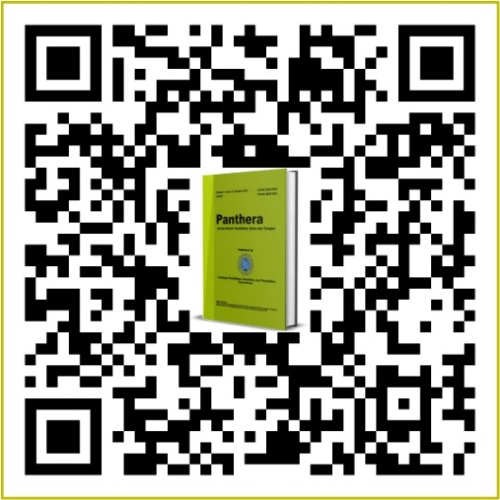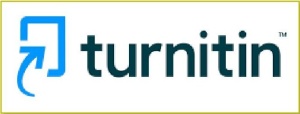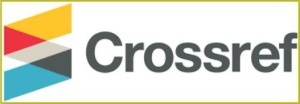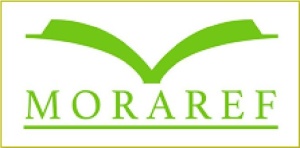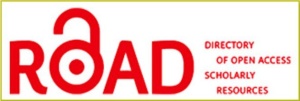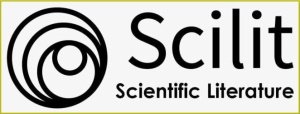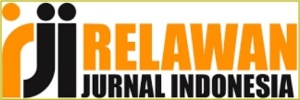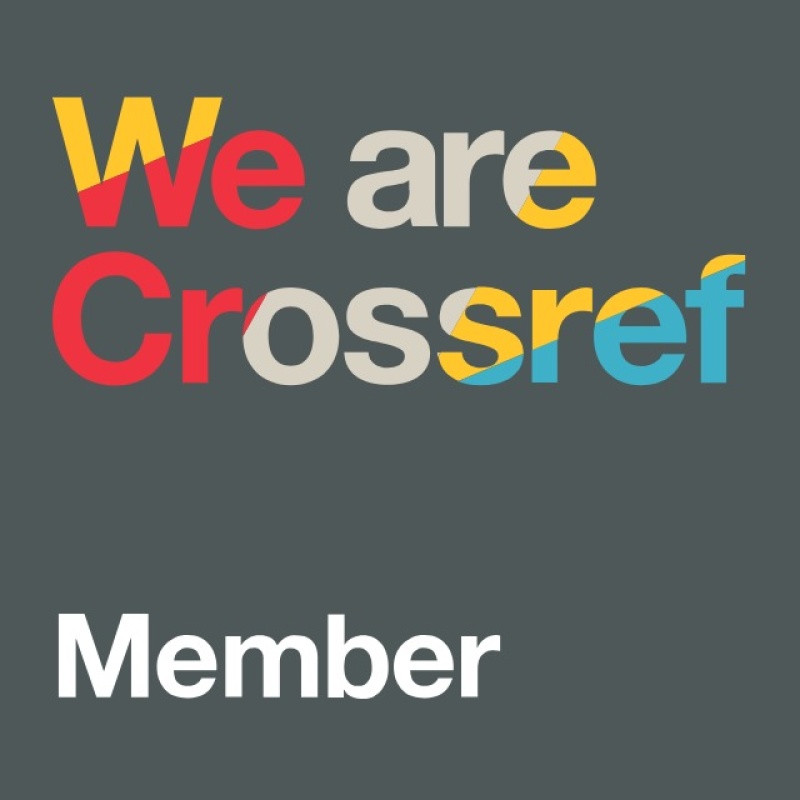Penggunaan Alat Peraga Biologi untuk Meningkatkan Motivasi dan Hasil Belajar Kognitif Siswa
DOI:
https://doi.org/10.36312/pjipst.v2i1.56Keywords:
Biology Teaching Aids, Motivation, Cognitive Learning Outcomes.Abstract
The purpose of this study was to determine the increase in students' motivation and cognitive learning outcomes through the use of biology teaching aids. The place of this research is at SMP Negeri 9 Palangka Raya for the 2019/2020 academic year. This type of research is Classroom Action Research (CAR) using a quantitative and qualitative approach which is carried out in 2 cycles. The instrument used was an observation sheet on the implementation of the learning implementation plan, a questionnaire sheet, and a cognitive learning outcome test sheet. Collecting data in the form of observation data, questionnaires, and tests of cognitive learning outcomes. The data analysis technique used observation of the implementation of the learning implementation plan, motivational questionnaire data, cognitive learning outcomes data, individual mastery, and classical completeness. The results of this study are quantitative data and qualitative data. This is indicated by an increase in the score for the implementation of the learning implementation plan in the first cycle as many as 12 with a very good category. In the second cycle as many as 13 implementations with a very good category. In the data on student learning motivation, the number of students who fall into the highly motivated category is 19 people and 4 people are motivated with a percentage of 83% and the category is highly motivated. In the second cycle, 22 students were included in the highly motivated category and 1 person was motivated with a percentage of 84.7% and the highly motivated category. Therefore, the results of the evaluation analysis in the first cycle with a percentage of 60%. In the second cycle increased by 86.9%. So, it can be concluded that the use of biology teaching aids can increase motivation and cognitive learning outcomes of class VIIB students of SMP Negeri 9 Palangka Raya for the 2019/2020 academic year.
Downloads
References
Arikunto, S. (2006). Prosedur Penelitian Suatu Pendekatan Praktek. Jakarta: PT. Rineka Cipta.
______. (2007). Penelitian Tindakan Kelas (Classroom Action Research-CAR). Jakarta: PT. Bumi Aksara.
Arsyad, A. (2014). Media Pembelajaran. Jakarta: PT. Raja Grafindo Persada.
Estiningsih, E. (1994). Penggunaan Alat Peraga dalam Pengajar Matematika SD. Yogyakarta: PPPG Matematika.
Kementerian Pendidikan dan Kebudayaan. (2013). Peraturan Menteri Pendidikan dan Kebudayaan tentang Implementasi Kurikulum. Jakarta: Kementerian Pendidikan dan Kebudayaan.
Moleong, L. J. (2006). Metodologi Penelitian Kualitatif. Bandung: PT. Remaja Rosdakarya.
Pohan, N. (2017). Pelaksanaan Proses Belajar Melalui Bimbingan Aspek Afektif, Kognitif, dan Psikomotorik Siswa di Madrasah Ibtidaiyah Swasta Amal Shaleh Medan. Thesis. Universitas Islam Negeri Sumatera Utara.
Pramono, T. (2017). Mengoptimalkan Penggunaan Alat Peraga dalam Setiap Kegiatan Pembelajaran. In Seminar Nasional PGSD Universitas PGRI (pp. 1-6). Yogyakarta, Indonesia: UT UPBJJ.
Saadi, F., Halidjah, S., & Kartono. (2013). Peningkatan Efektivitas Belajar Peserta Didik dalam Pembelajaran Ilmu Pengetahuan Sosial Menggunakan Media Tepat Guna di Kelas IV Sekolah Dasar Negeri 02 Toho. Jurnal Pendidikan dan Pembelajaran Khatulistiwa, 2(7), 1-18. http://dx.doi.org/10.26418/jppk.v2i7.2460
Widyantini, T., & Guntoro, S. T. (2010). Penggunaan Alat Peraga dalam Pembelajaran Matematika di SMP. Yogyakarta: Pusat Pengembangan dan Pemberdayaan Pendidik dan Tenaga Kependidikan (PPPPTK) Matematika.

Downloads
Published
How to Cite
Issue
Section
License
Copyright (c) 2022 Marlia Hasanah & Ida Ulviani

This work is licensed under a Creative Commons Attribution-ShareAlike 4.0 International License.
-
Attribution — You must give appropriate credit, provide a link to the license, and indicate if changes were made. You may do so in any reasonable manner, but not in any way that suggests the licensor endorses you or your use.
-
ShareAlike — If you remix, transform, or build upon the material, you must distribute your contributions under the same license as the original.

